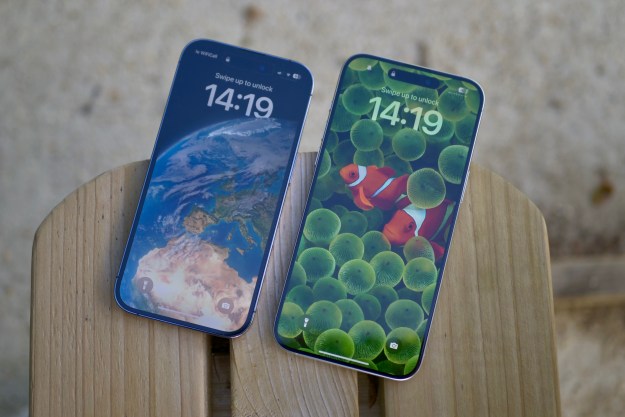Depth-mapping appears to be one of the next major points of development for technology like virtual reality and immersion, and it looks like Apple won’t be left behind. The company has been awarded a patent for a so-called “scanning depth engine,” which includes the use of a transmitter that emits beams of light and a scanner that scans those beams to determine depth.
The patent is a continuation of a few different patents that date back to 2012, so it’s clear that Apple has been thinking about technology like this for a while. While the technology looks to be something that could be built into a Mac based on the images, it’s also easy to imagine it showing up in an iPhone — where it could potentially be much more useful.
Depth maps could prove helpful in a number of situations. Not only could they make for more immersive images on a phone, but they could also help in capturing virtual reality content, as well as immersive gaming. Along with the transmitter and scanner, the technology also uses a processor that helps generate the depth map using the information received.
Apple isn’t the only company working on depth maps. Qualcomm has a Spectra camera module that can capture a massive 10,000 points of depth and was included on the new Snapdragon 845 processor. Facebook is also working with Red to build a super high-end 360-degree camera that will support things like depth-sensing and six degrees of freedom. Rumors have also been gaining steam that Apple plans to launch new augmented reality devices, or at least include more augmented reality tech in future iterations of the iPhone, so the ability to sense depth could prove invaluable to the company.
Of course, it’s also possible that Apple won’t end up using the new tech at all. Large tech companies like Apple routinely file for patents that they ultimately don’t use, and it’s possible that this particular depth-sensing technology could fall into that category. Apple, however, has already been experimenting with depth-sensing tech in Face ID on the iPhone X, and we can expect that experimentation to continue.
Editors' Recommendations
- Nomad’s new iPhone case and Apple Watch band may be its coolest yet
- This one thing could make iOS 18 the best iPhone update in years
- Everything Apple says is wrong about the DOJ’s iPhone lawsuit
- The DOJ has sued Apple over the iPhone. Here’s what it means for you
- UPS worker accused of nabbing $1.3M worth of iPhones and other Apple gear


